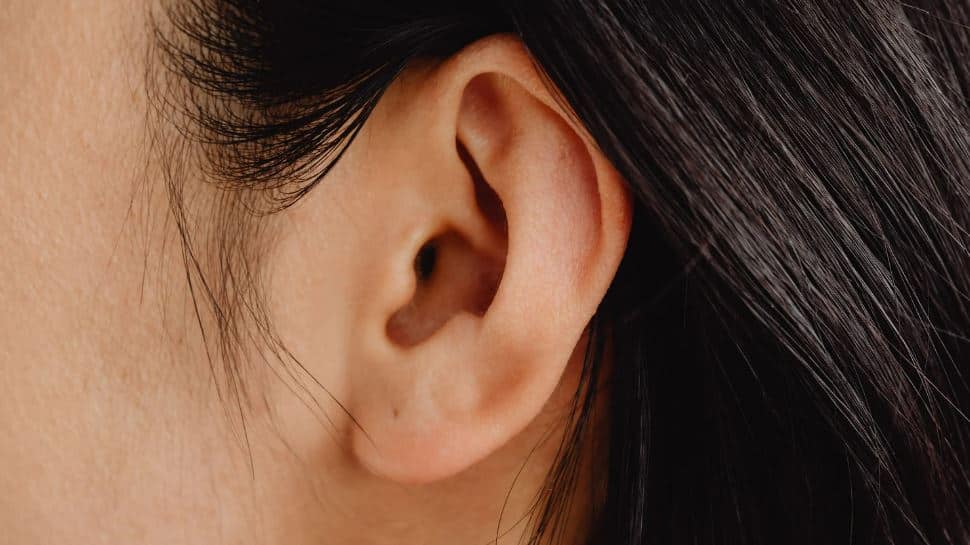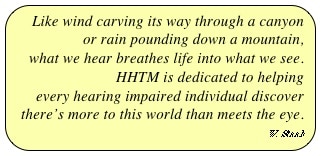 The anatomy of the human ear canal continues with a discussion of the general viewing references to properly visualize the configuration (shape) of the ear canal.
The anatomy of the human ear canal continues with a discussion of the general viewing references to properly visualize the configuration (shape) of the ear canal.
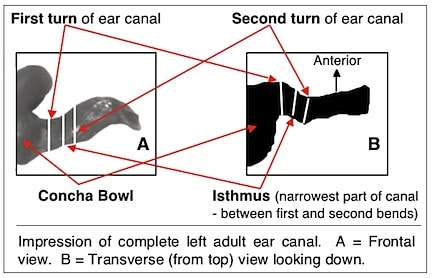
Figure 9. Two views of the human ear canal. The one on the left (A) is the most commonly shown. However, the view from above looking down provides the best information relative to the shape of the ear canal.
General Reference for Viewing
Most images of the ear canal are shown from the frontal dimension. This is unfortunate because that angle provides the least information relative to the shape of the ear canal. The better view is that looking down on the ear canal from above as shown in Figure 9B.
Ear Canal Configuration
The overall configuration of the external auditory canal is “S” shaped (Figures 9 and 10), with a rising orientation from the aperture (opening) of the canal to the tympanic membrane (Figures 10 and 11).

Figure 10. General “S” shape of the external auditory meatus, along with a range of canal lengths (top, as measured from the aperture), and general slope of the ear canal . (Staab, 2002).
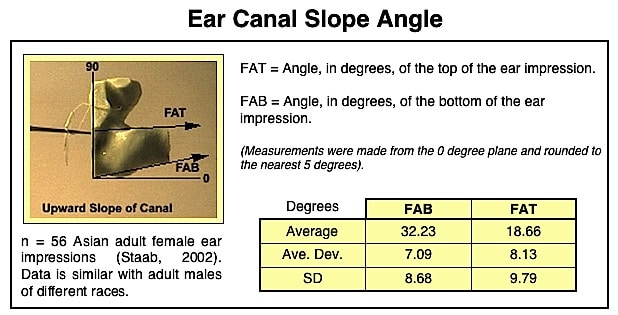
Figure 11. General slope angle of the external auditory meatus, at least up through the isthmus. The measurements were made on adult female Asian ear impressions, but subsequent measurements on males of different races showed the same trends. (Staab, 2002).
Ear Canal Cross-Section Dimensions
Cross-sectional measurements of the ear canal made at different locations provide important information for those individuals who insert earpieces of various types and configurations into the ear canal (Figure 12).
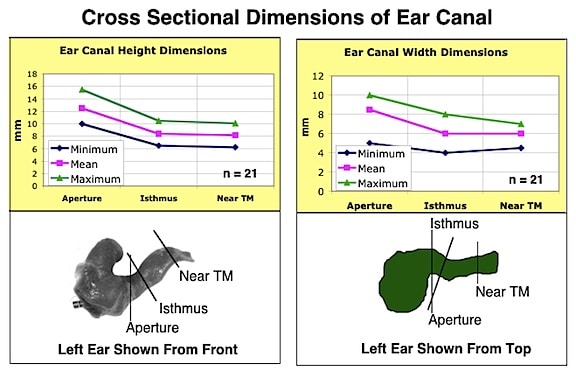
Figure 12. Cross section measurements of the ear canal in three important locations. The aperture is the opening of the ear canal at the concha of the ear, the isthmus is the narrow part between the first and second bends of the ear canal, and the last measurement is immediately before the tympanic membrane. (Staab, 2002).
(Next week’s post will begin a discussion on methods used to obtain ear canal dimensional data).
Wayne Staab, PhD, is an internationally recognized authority in hearing aids. As President of Dr. Wayne J. Staab and Associates, he is engaged in consulting, research, development, manufacturing, education, and marketing projects related to hearing. His professional career has included University teaching, hearing clinic work, hearing aid company management and sales, and extensive work with engineering in developing and bringing new technology and products to the discipline of hearing. This varied background allows him to couple manufacturing and business with the science of acoustics to bring innovative developments and insights to our discipline. Dr. Staab has authored numerous books, chapters, and articles related to hearing aids and their fitting, and is an internationally-requested presenter. He is a past President and past Executive Director of the American Auditory Society and a retired Fellow of the International Collegium of Rehabilitative Audiology.
**this piece has been updated for clarity. It originally published on June 16, 2014



